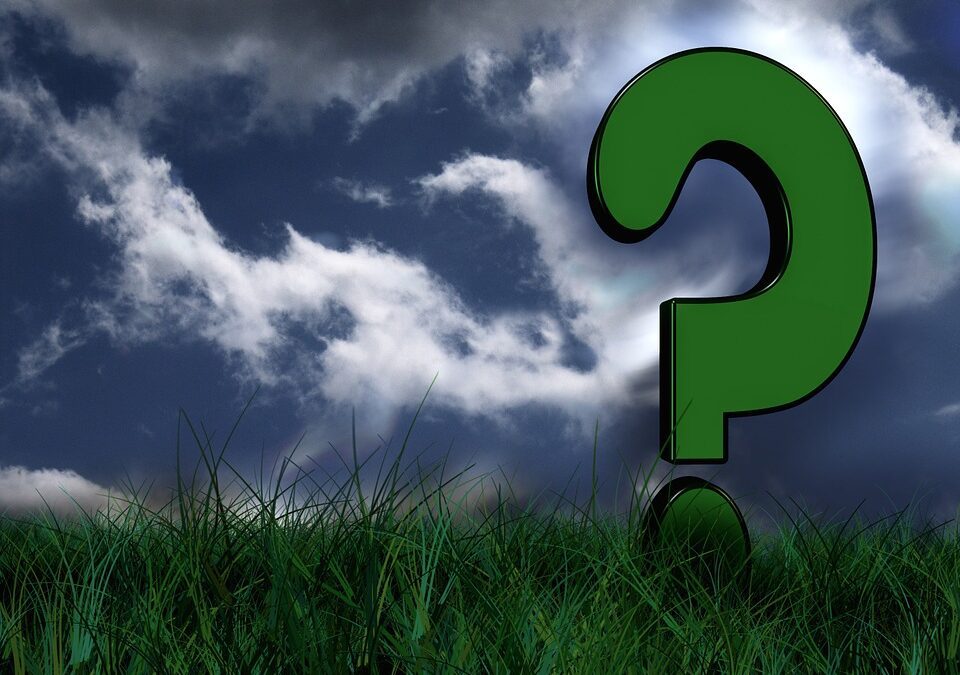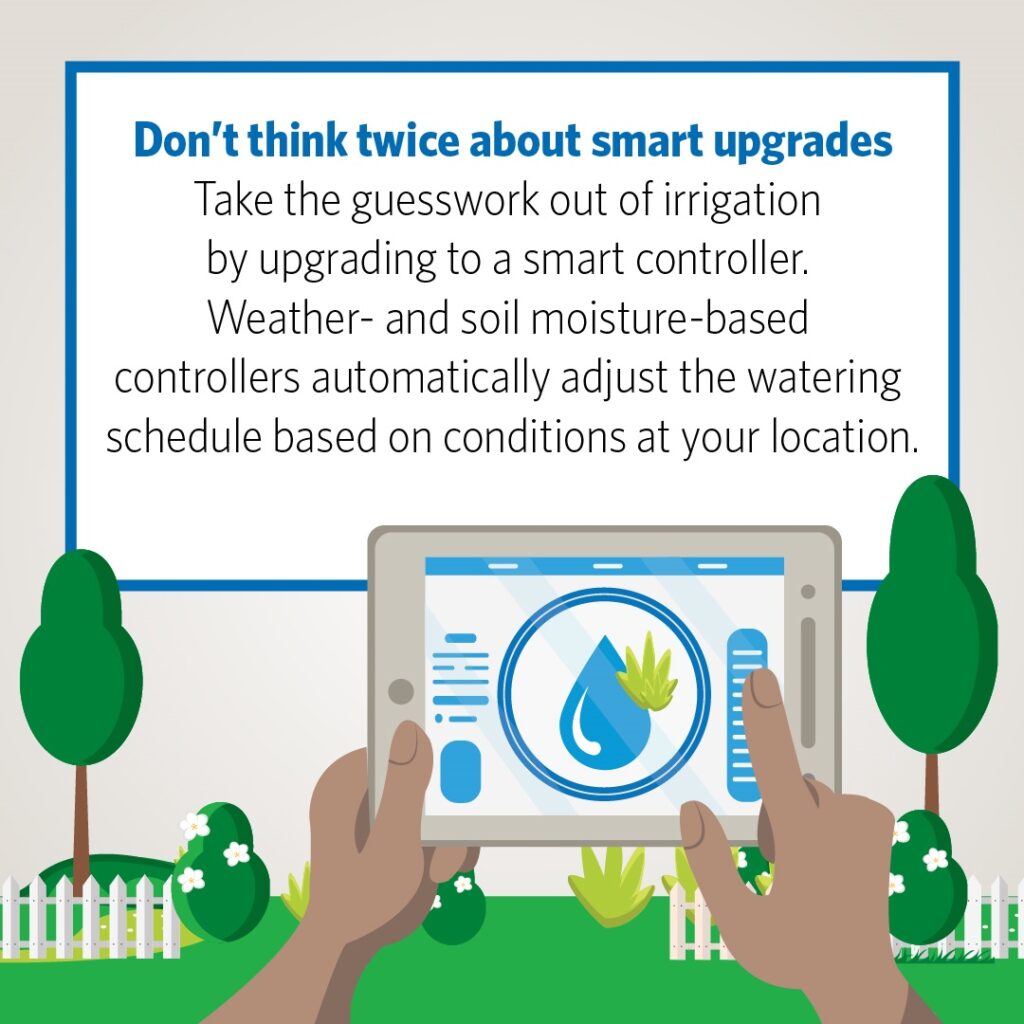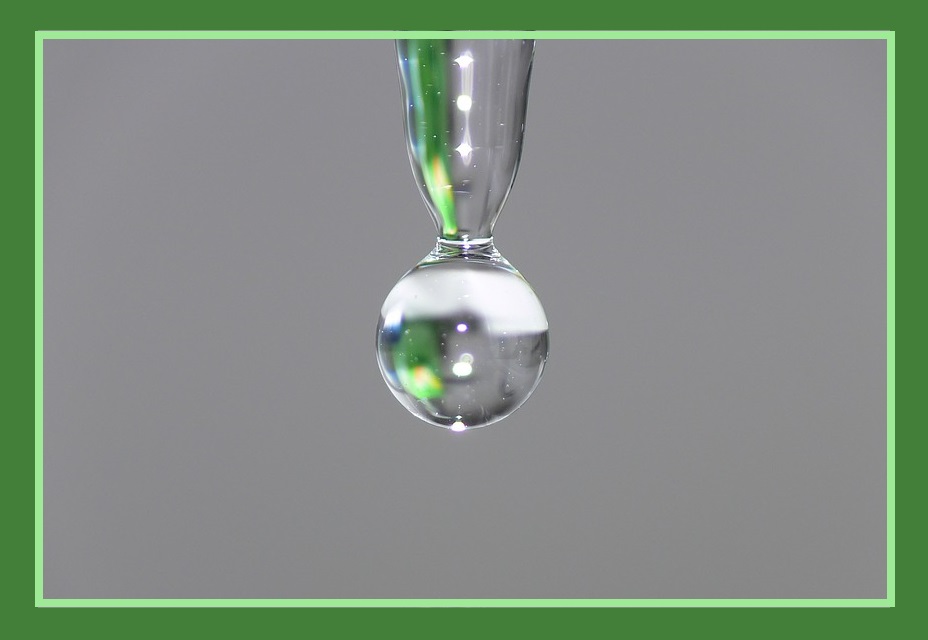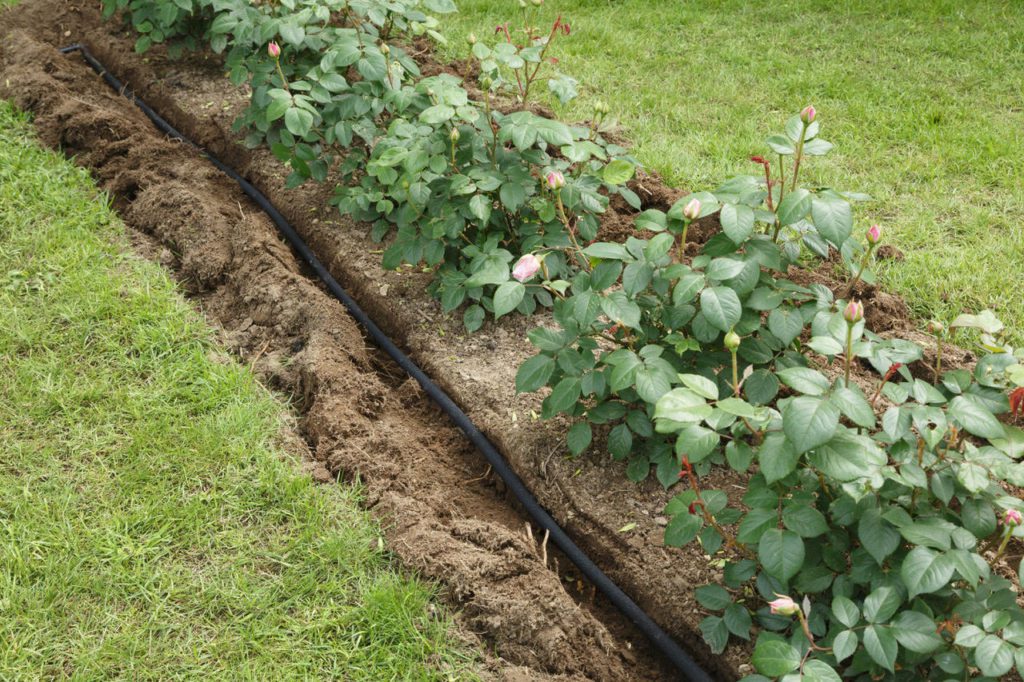
by Tom Barrett | Nov 10, 2021
Do You Have Ready Answers to These
Frequently Asked Questions?
Both customers and potential customers have a lot of questions when it comes to landscape irrigation systems. Here are some of the most common, along with our best answers.
Q: Why do I need an irrigation system? My area gets plenty of rain.
A: In Ohio, turf grass needs about an inch of water per week. So unless your property receives at least that much rain regularly each week, you probably need to irrigate. But nature doesn’t work that way. Even areas with rainy climates can experience dry periods. Your landscape can suffer damage after only a few days without water. You simply can’t count on annual rainfall to adequately meet your landscape’s needs.

Does Your Website
Need an FAQ Page?
Most digital marketing experts believe that an FAQ page can improve your website’s Search Engine Optimization (SEO) and also help convert first-time visitors into customers.
Here are three reasons why you may wish to consider adding an FAQ page to your site:
- It improves user experience. Users looking for a quick answer to an easy question do not want to comb through pages of information. An FAQ page offers them a central place to find their answers. Be sure to keep answers concise and include links to more detailed information elsewhere on your website.
- It helps establish customer trust. An FAQ page demonstrates to customers (and potential customers) that you are invested in helping them find solutions. It also helps to distinguish you as an authority within your industry, contributing to customer confidence.
- It provides customer insight. By identifying common questions your customer may have, you’ll develop a deeper insight into their needs, desires and challenges.
Source: Trajectory WebDesign
But an irrigation system also prevents you from overwatering your landscape. Too much water can be harmful to your soil, drowning your plants, encouraging root rot and other diseases, and causing weeds to germinate. An irrigation system puts you in control of the amount of water used on your landscape.
In addition, irrigation systems support hydrozoning, the grouping of plants with similar water needs into irrigation zones. These zones not only encourage a healthy landscape, but they can save both water and money.
Q: Will I save money by installing my own irrigation system?
A: Perhaps, but only in the short term. A professional irrigation contractor has years of experience designing and installing the most cost-effective and efficient landscape irrigation systems. Most have received specialized training and certifications, and they utilize specialized equipment to significantly reduce installation time.
Most homeowners are not knowledgeable about the numerous factors that must be taken into account when designing and installing an irrigation system. Soil conditions, land grade, plant location and sun exposure all must be considered for proper installation. Are you proficient in PVC piping, valves, controllers, drip lines, sprinkler heads, and all the other system components? Probably not.
A properly designed and installed landscape irrigation system requires a professional in order to save money (and headaches) down the road.
Q: Why do I need to shut down my irrigation system for winter?
A: When water freezes, it expands. Irrigation system pipes are not buried beneath the frost line. If all of the water is not removed from your system’s pipes, valves, and sprinkler heads before the first deep freeze, your pipes will crack, resulting in costly repairs.
Winterizing your system is a job best left to the professionals. Attempting to blow out your own sprinkler lines using an inadequate air compressor can result in water left in pipes. When this happens, you can expect freeze damage that must be repaired before spring startup.
Q: What’s the advantage of a smart irrigation system?
A: A smart irrigation system will you save you both time and money. Smart systems optimize your sprinkler run time. That means they always water at the right time of day for the right duration and according to weather conditions. They keep you from overwatering, which not only wastes water and money, but can damage plants.
With a smart system, you won’t have to make manual adjustments to your irrigation system due to unpredictable weather. A smart irrigation system can also shut itself down whenever a leak is detected.
–Article Continues Below–

Q: Will I have to shut off my irrigation system when it rains?
A: Most irrigation contractors will recommend installation of a rain sensor. This device will automatically turn the irrigation system off whenever rainfall occurs. Once the rain ends, the sensor dries out and is reset. So, even if you’re away from home, your system knows what to do.
Q: How does a drip irrigation system compare to an above-ground sprinkler?
A: As opposed to sprinkler heads which spray a planted area above ground, drip systems soak the ground via tubes that are buried just below the surface. The emitters within the tubes slowly deliver water directly to the base of the plants.
Drip irrigation is ideal for landscape beds with plenty of plants and shrubs, as it can help reduce the risk of plant disease associated with high levels of moisture. Drip lines can be incorporated as a separate zone within a larger overall sprinkler system.
Sources:
Featured Image: Pixabay
Lawn and Landscape
Landscape Management
Irrigation Tutorials

by Tom Barrett | Jul 8, 2020
Making Every Drip Count with
Drip Irrigation
Since July is Smart Irrigation Month, let’s explore one of the most effective means of conserving water in a landscape: drip irrigation.
A drip system may not be the first thing most people envision when they think of landscape irrigation. But these highly efficient systems not only conserve water, they also can irrigate slopes and oddly shaped areas with precision.
Drip Irrigation Basics
Drought in Ohio
Since 2000, the longest duration of drought in Ohio lasted 44 weeks beginning on July 23, 2002, and ending on May 20, 2003. Drought conditions ranged from “moderate” to “exceptional” during this period.
On the other hand, the most intense period of drought occurred during the week of September 4, 2007, when “extreme” drought affected more than 11 percent of the state’s land.
Source: National Integrated Drought Information System
Drip irrigation slowly and steadily delivers gallons of water per hour, as opposed to gallons of water per minute like sprinkler systems. And because the water is directed to the plants’ roots, runoff and evaporation are minimized. So less water is required.
A drip irrigation system consists of the following basic components:
- Water valve
- Backflow preventer
- Pressure regulator
- Filter
- Tubing adapter
- Dripline (PVC or polyethylene tubing)
- Emitters
- Electronic controller
Once the basic system is installed, any number of lateral lines can then be attached through various headers. Each line is fitted with water-dispersing emitters, and then can either be buried or covered with mulch.

Adobe Image, License Granted
When it comes to the dripline, contractors have two options: Insert the emitters anywhere you wish along the line, or purchase lines with pre-inserted emitters at regular intervals.
However, choosing the correct emitter is important. Output rates for emitters vary from a half gallon to two gallons per hour. Emitters with different output rates may be installed on a single dripline. This comes in handy if you need to irrigate plants with distinct watering needs that are located close together.
Adjustable emitters are also available. These allow you to regulate the water flow rate, from a steady drip to a slow stream.
Drip System Applications
Drip systems are primarily used to water flower beds, gardens and particularly small or unique landscape areas. They’re perfect for xeriscape-type gardening which requires limited irrigation.

Adobe Image, License Granted
But they can also be used to provide supplemental irrigation. For instance, drip irrigation can be added to bedding areas that are already incorporated into sprinkler zones.
In addition, drip systems can be used to irrigate larger areas, such as both new and already-established lawns. For a new lawn, simply install the dripline before sodding or planting grass seed. With an established lawn, the drip line is trenched into the turf.
Maintenance
Typically, drip systems are easier to maintain than sprinkler systems, because the emitters and dripline aren’t deeply buried. The trick is in determining when a repair is needed. Whereas a broken sprinkler head is easily identified, with a drip system, you must look for browning or wilting vegetation.
Which is why you’ll want to incorporate a flow meter in the system. This sensor will notify the controller of any flow irregularities. An alert is then sent to the home owner’s smartphone. Wireless flow meters are both affordable and easy to install.
Selling Points
Drip irrigation systems offer numerous benefits your customers should know about:
- Better plant health. Water penetrates slowly and deeply into the soil, placing moisture exactly where it’s needed – at the roots. Plants grow quickly when they are watered uniformly without stress created by lack of water.
- Less waste. A good drip irrigation directs 90 percent of the water into the soil, with very little lost to evaporation.
- Environmental benefits. Because drip irrigations are so effective, there is less chance of erosion, with very little runoff ending up in area streams and rivers.
- Reduced risk of disease. Drip irrigation keeps the foliage dry, thus reducing the incidence of powdery mildew and other diseases that occur in damp conditions.
- Weed control. Drip irrigation systems place water directly around the plant. As a result, weed seeds are water starved and germination is limited.
Like sprinkler systems, drip irrigation requires winterization. Be careful, however, that you don’t use too much air pressure when blowing out the lines. (You don’t want the emitters to pop off.) It’s also a good idea to store the backflow preventer and irrigation controller indoors for the winter.
For spring start-ups, be sure to inspect all components for cracks and splits that can occur in very cold weather.
Expanding Market
If climate experts are correct, drier days are ahead for most of the country. Which is one reason drip irrigation has become increasingly popular over the last decade.
At times of severe water restrictions, homeowners with drip systems are often allowed to irrigate several more days per week because of the greater efficiency of these systems. (In fact, these customers may be exempt from watering restrictions altogether.)
And although properly installed drip systems are typically more expensive that sprinkler systems, that initial expense is offset by the cost of water savings over time.
Drip irrigation may not represent a total change of direction for landscape irrigation contractors. But it does nevertheless represent an expanding market and is well worth adding to your menu of services.
Sources:
Featured Image: Pixabay
Irrigation & Green Industry
Wolf Creek Company











